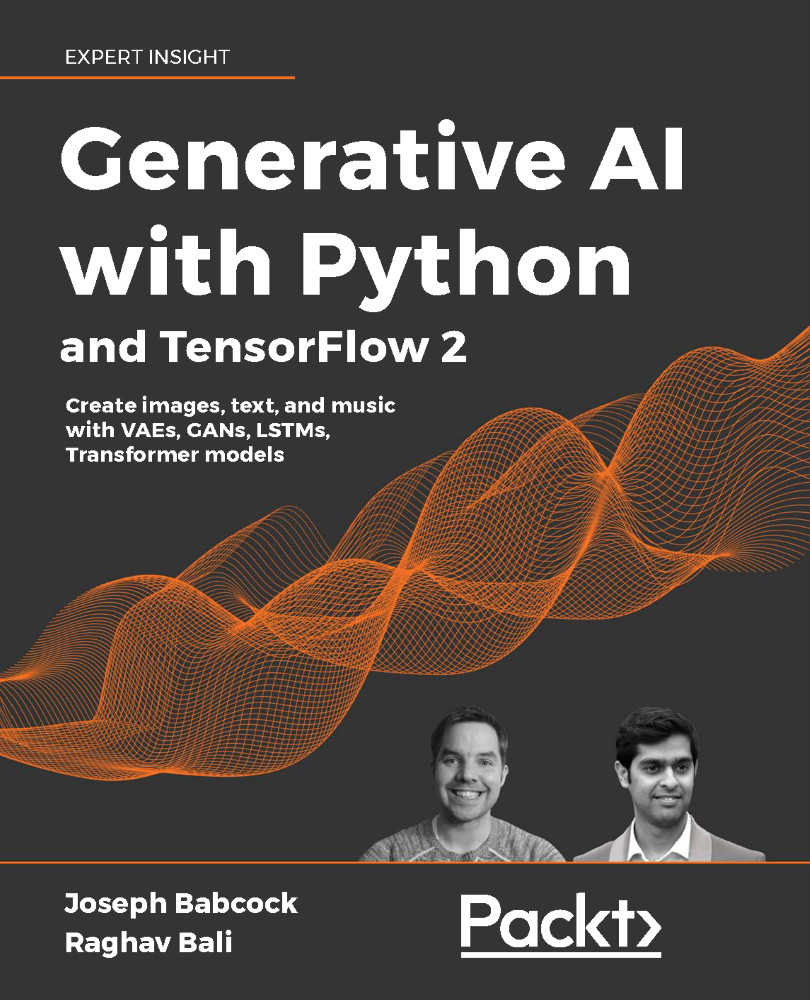The taxonomy of generative models
Generative models are a class of models in the unsupervised machine learning space. They help us to model the underlying distributions responsible for generating the dataset under consideration. There are different methods/frameworks to work with generative models. The first set of methods correspond to models that represent data with an explicit density function. Here we define a probability density function,  , explicitly and develop a model that increases the maximum likelihood of sampling from this distribution.
, explicitly and develop a model that increases the maximum likelihood of sampling from this distribution.
There are two further types within explicit density methods, tractable and approximate density methods. PixelRNNs are an active area of research for tractable density methods. When we try to model complex real-world data distributions, for example, natural images or speech signals, defining a parametric function becomes challenging. To overcome this, you learned about RBMs and VAEs in Chapter 4, Teaching Networks to Generate Digits...












































































